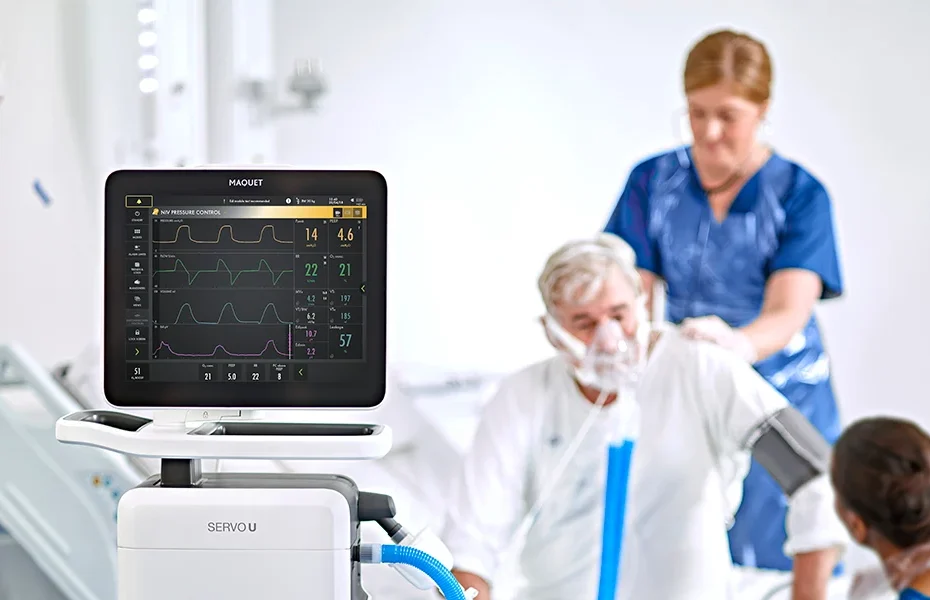Mechanical ventilators are crucial in critical care settings, where they serve as lifelines for patients who are unable to breathe on their own. This article explores the essential role these devices play in healthcare, particularly in saving lives by providing respiratory support when it’s most needed.
Understanding Mechanical Ventilation
Mechanical ventilation is a form of artificial respiration where a machine helps patients breathe by mechanically delivering breaths directly into the lungs. Here’s how these devices are central to critical care:
- Support for Compromised Respiratory Function
Ventilators are primarily used when a patient’s respiratory system is not functioning properly due to illness, injury, or surgery. They ensure that oxygen continues to circulate through the body, which is essential for sustaining life.
- Management of Severe Respiratory Diseases
Conditions such as acute respiratory distress syndrome (ARDS), chronic obstructive pulmonary disease (COPD), and COVID-19 can severely impair lung function. Ventilators are vital in managing these diseases by supporting or completely taking over the work of breathing.
- Bridge to Recovery
For patients recovering from respiratory failures or undergoing treatments that temporarily impair their ability to breathe, ventilators serve as a bridge, providing necessary support until they can breathe independently.
- End-of-Life Care
In cases where recovery is not possible, mechanical ventilation can provide necessary respiratory support to maintain comfort and quality of life during end-of-life care.
The Challenges of Mechanical Ventilation
While lifesaving, the use of mechanical ventilators comes with significant challenges:
- Risk of Ventilator-Associated Pneumonia (VAP)
Long-term use of ventilators can increase the risk of developing pneumonia caused by bacteria that enter the lungs through the breathing tube, a condition known as ventilator-associated pneumonia.
- Psychological Impact on Patients
Being connected to a ventilator can be a distressing experience, as patients may feel discomfort, anxiety, and a loss of control over their breathing.
- Technical Complexity
Operating and managing mechanical ventilators require specialized training and expertise, which can be a challenge in healthcare settings lacking in resources or adequately trained staff.
- Ethical and Moral Decisions
Decisions regarding the initiation and cessation of mechanical ventilation often involve complex ethical and moral considerations, particularly in cases with poor prognoses.
Supporting the Use of Mechanical Ventilators
Effective use of mechanical ventilators in critical care requires more than just advanced equipment; it needs a well-trained healthcare team, clear communication with patients and families about the goals of ventilation, and careful monitoring to minimize complications.
Conclusion: Vital Tools in Critical Care
Mechanical ventilators are indisputably vital tools in the arsenal of modern healthcare, particularly in intensive care units. They extend lives, support recovery, and enhance the quality of care for patients with severe respiratory issues. The ongoing development of ventilator technology and training for healthcare providers is essential to maximize the benefits and minimize the risks associated with their use. Recognizing the importance of these devices, as well as the challenges they present, is crucial in improving outcomes for critically ill patients.
